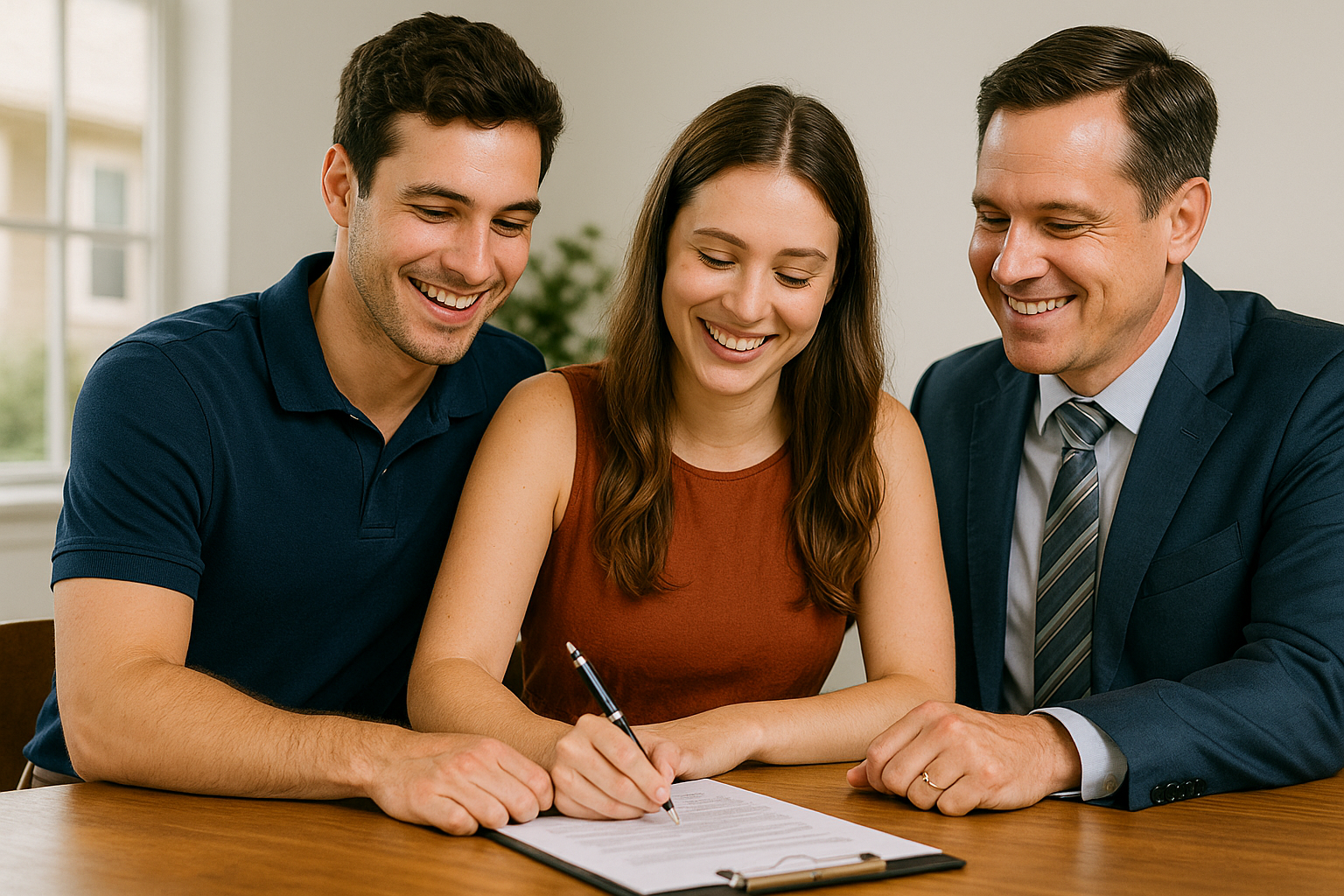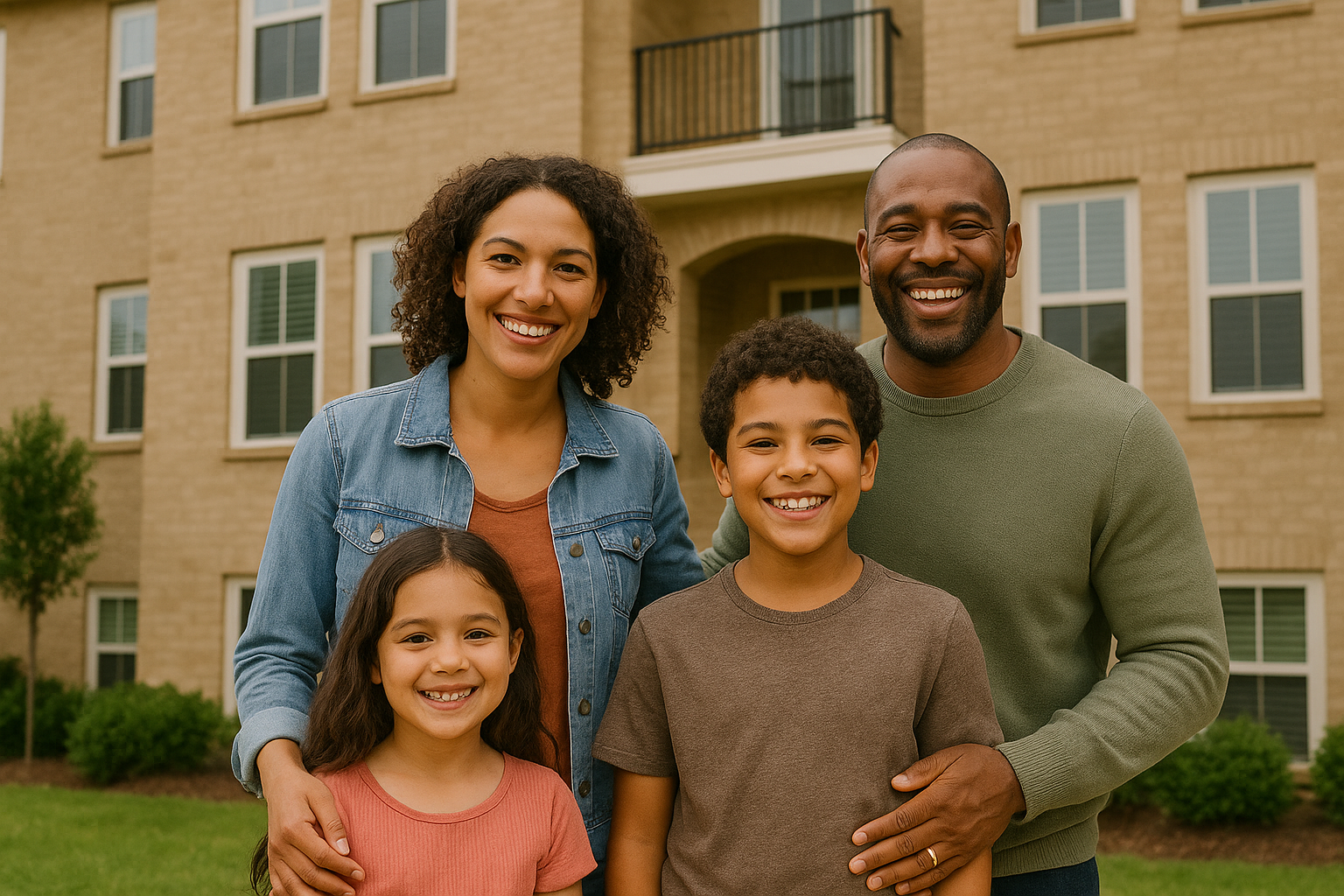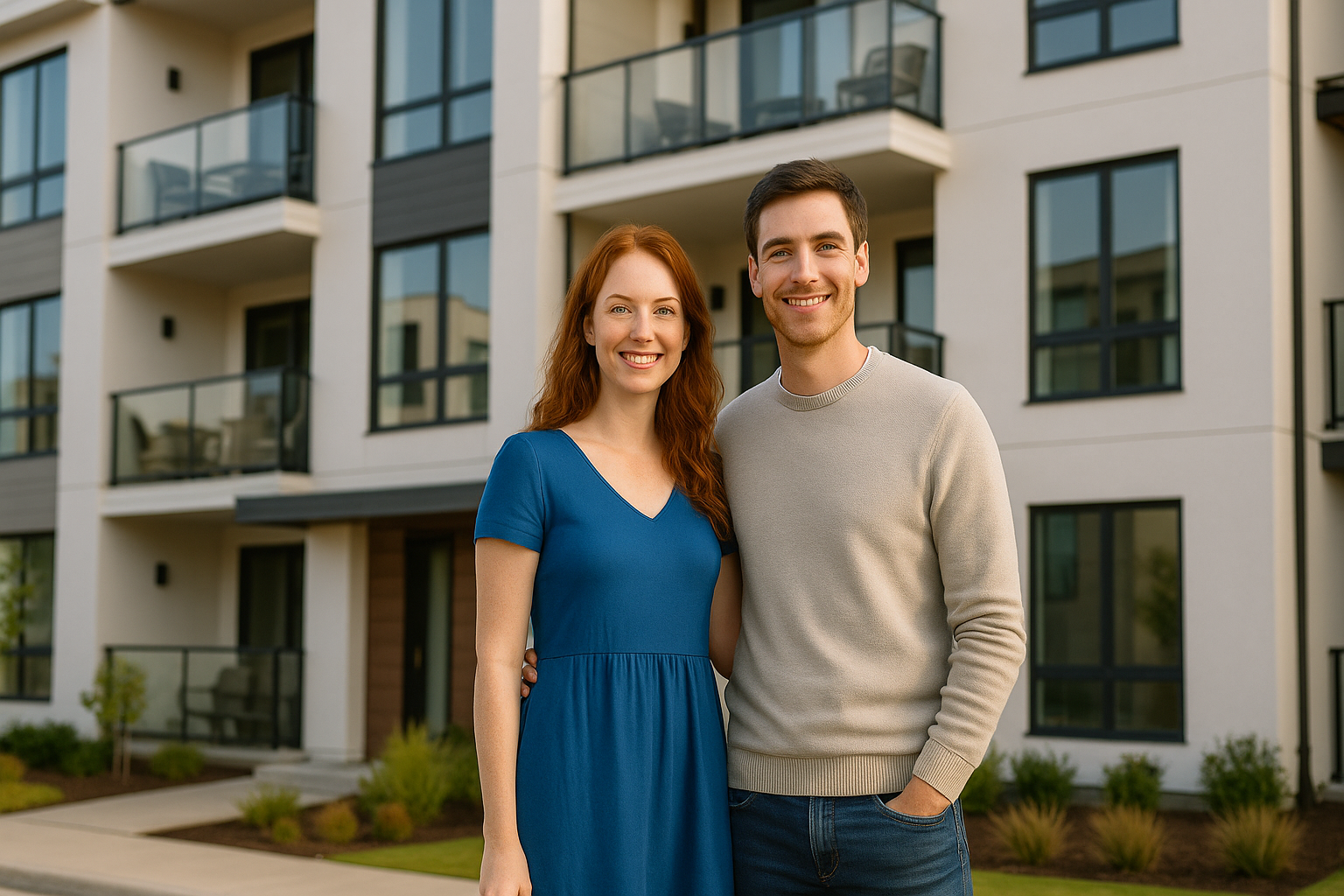Is Buying a Home Possible with Little Money Down?
For many people, homeownership feels out of reach because of one common misconception: “I need a 20% down payment to buy a home.” If you’ve believed this myth, you’re not alone. The idea that you need to save tens of thousands of dollars before even considering homeownership has stopped countless people from even trying.
But here’s the truth: you don’t need 20% down. In fact, many buyers purchase homes with as little as 3% down—or even zero down in some cases. Thanks to flexible mortgage options, down payment assistance programs, and creative financing solutions, homeownership is far more accessible than you might think.
At First Nation Financial, we specialize in helping first-time homebuyers and hardworking professionals—firefighters, teachers, blue-collar workers, and self-employed individuals—find mortgage solutions that fit their financial situation. If you’ve been wondering how to buy a home without draining your savings, this guide is for you.
Understanding Down Payments – Why You Don’t Need 20%
Breaking the 20% Myth
For decades, financial experts have recommended putting down 20% of the home’s price to avoid private mortgage insurance (PMI). While a 20% down payment can be beneficial, it is not a requirement for most homebuyers. In fact, most buyers today put down significantly less than that.
According to recent housing market data, the average down payment for first-time homebuyers is just 6-7%, and many buyers qualify for loan programs with as little as 3% down—or even zero down.
| Loan Type | Minimum Down Payment Required | Best For |
|---|---|---|
| FHA Loan | 3.5% | First-time buyers, lower credit scores |
| Conventional Loan | 3% – 5% | Buyers with good credit & stable income |
| VA Loan | 0% | Veterans, active-duty military members |
| Down Payment Assistance | 0% – Varies | First-time buyers needing financial help |
The reality is, many homebuyers don’t have tens of thousands of dollars saved, but that doesn’t mean they can’t qualify for a mortgage. Instead, they use loan programs, grants, and assistance options to minimize out-of-pocket expenses.
How to Cover Closing Costs with Minimal Out-of-Pocket Expenses
Even if you qualify for a low down payment loan, you might still be wondering: What about closing costs?
Closing costs are additional fees paid at the end of the homebuying process, typically ranging from 2% to 5% of the home’s price. That means if you’re buying a $300,000 home, your closing costs could be between $6,000 and $15,000—a significant amount if you’re trying to keep your upfront costs low.
However, there are several strategies to reduce or even eliminate these out-of-pocket expenses.
Seller Concessions – Getting the Seller to Pay
One of the best ways to cover closing costs is to negotiate seller concessions. This means the seller agrees to pay some or all of your closing costs as part of the deal.
How it works:
- If a home is listed for $305,000, you can offer $310,000 but ask the seller to cover $5,000 in closing costs.
- The seller still gets their desired price, and you avoid paying thousands upfront.
Pro Tip: Seller concessions are more common in a buyer’s market, where sellers are more motivated to close deals quickly.
Lender Credits – Trading a Slightly Higher Rate for Lower Costs
Some mortgage lenders offer credits that allow buyers to reduce upfront closing costs in exchange for a slightly higher interest rate.
For example:
- Instead of paying $7,000 in closing costs upfront, you might accept a mortgage rate that’s 0.25% higher, and the lender will cover the closing costs for you.
This strategy works well for buyers who plan to refinance later or those who prioritize keeping upfront costs low.
Gift Funds – Family Assistance for First-Time Buyers
Many loan programs allow family members to contribute toward your down payment or closing costs as a gift.
- FHA and Conventional loans allow 100% of the down payment to be a gift.
- VA loans permit gift funds for closing costs from family members.
If you have a parent, sibling, or grandparent willing to help, you can use their contribution to reduce your upfront expenses without dipping into your savings.
🔗 Making Your Dream Home a Reality
Strengthening Your Mortgage Application
Even if you qualify for a low or no down payment loan, lenders will still look at your financial situation before approving your mortgage. The better your financial profile, the easier it is to qualify and secure better loan terms.
1. Boost Your Credit Score for Lower Interest Rates
Your credit score plays a huge role in determining your mortgage interest rate. The higher your score, the lower your monthly payments will be.
How to Improve Your Score Before Applying:
✔ Pay down credit card balances – Aim to use less than 30% of your available credit.
✔ Avoid opening new accounts – Hard inquiries can lower your score temporarily.
✔ Check for errors on your credit report – Mistakes happen, and fixing them can boost your score fast.
✔ Make on-time payments – Even one late payment can lower your score significantly.
Example:
- A 740+ credit score could get you a 3% down mortgage with a low rate.
- A 620 credit score may qualify for a mortgage, but with a higher interest rate and PMI.
🔗 How to Improve Your Credit Score for a Mortgage
2. Lower Your Debt-to-Income (DTI) Ratio
Lenders want to see that you can comfortably afford your mortgage payment, which is why they look at your debt-to-income ratio (DTI).
Your DTI ratio is calculated by dividing your monthly debt payments by your gross monthly income.
Example:
- If you make $5,000 per month and have $1,800 in monthly debt payments, your DTI is 36% (which is great for mortgage approval).
Most lenders prefer a DTI below 43%, but some programs allow up to 50% with compensating factors (like a strong credit score or large savings account).
🔗 How to Get Pre-Approved for a Mortgage
Renting vs. Buying – Why Low Down Payment Loans Make Homeownership Possible
One of the biggest myths keeping renters from buying a home is:
“I can’t afford a mortgage.”
But in many cities, mortgage payments are actually lower than rent—especially with today’s low down payment loan options.
Real Example: Renting vs. Buying in Houston
| Scenario | Renting | Buying (3% Down) |
|---|---|---|
| Home Price / Monthly Rent | $2,500 rent | $300,000 home |
| Upfront Cost | Security deposit ($2,500) | Down payment ($9,000) |
| Monthly Payment | $2,500 | $2,100 (incl. mortgage, taxes, insurance) |
| Equity Built | $0 | ~$5,000 per year in home equity |
Why Buying is the Better Long-Term Option:
- Your mortgage stays fixed, while rent increases every year.
- Each payment builds equity (your ownership in the home), unlike rent.
- Tax benefits – Homeowners can deduct mortgage interest and property taxes.



